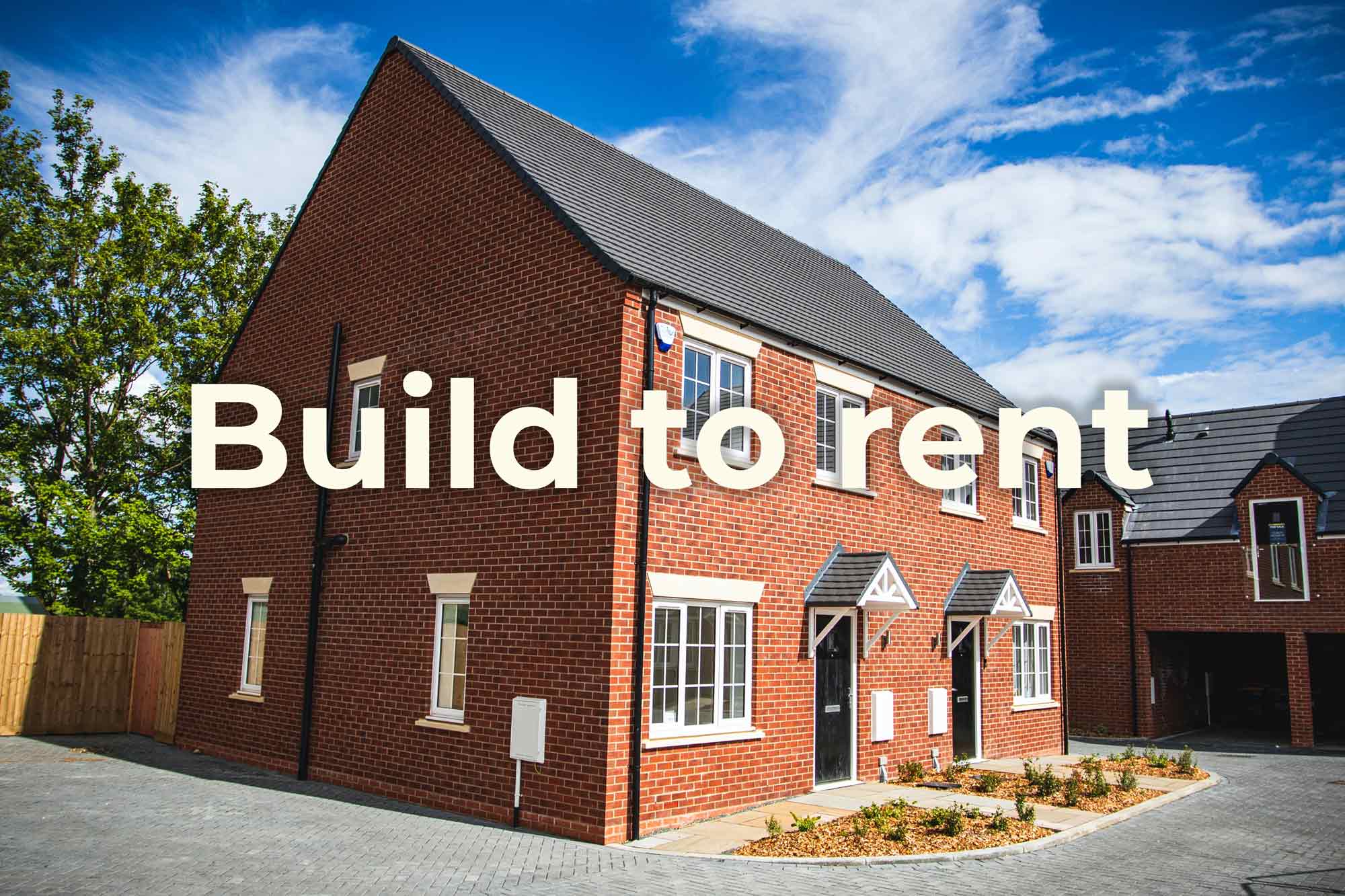How Repurposing Existing Buildings Can Help Tackle the Affordable Housing Shortage in the UK
The UK is facing a severe housing crisis, with a shortage of affordable homes contributing to rising homelessness and increasing wealth inequality. One potential solution to this crisis is to recycle existing buildings, repurposing them into much-needed affordable accommodation. In this blog post, we’ll explore the merits of this approach and how it can help tackle the UK’s housing crisis.
Why Recycled Buildings are a Viable Solution
Recycling existing buildings is a viable solution to the UK’s affordable housing shortage for several reasons:
1. Cost-Effective
Repurposing existing buildings can be more cost-effective than building new homes from scratch, as the structure is already in place. This can help to reduce development costs and make affordable housing more accessible to those who need it.
2. Environmental Benefits
Repurposing existing buildings can have significant environmental benefits, as it reduces the need for new construction and can help to prevent unnecessary waste.
3. Preservation of Heritage
Recycling existing buildings can help to preserve the heritage of a community, by maintaining the character of historic buildings and integrating them into modern housing developments.
How Recycled Buildings Can Help Tackle the UK’s Housing Crisis
Repurposing existing buildings can help to tackle the UK’s housing crisis in several ways:
4. Increased Supply of Affordable Housing
Recycling existing buildings can help to increase the supply of affordable housing, by repurposing unused buildings and converting them into new homes.
5. Reduced Pressure on Land
Repurposing existing buildings can help to reduce the pressure on land for new development, by utilizing existing structures instead of building on greenfield sites.
6. Improved Use of Existing Resources
Recycling existing buildings can help to improve the use of existing resources, by repurposing underutilized or derelict buildings and transforming them into much-needed affordable accommodation.
Examples of Successful Recycled Building Projects
There are several examples of successful recycled building projects in the UK, including:
The Cube, Birmingham
The Cube is a landmark building in Birmingham, repurposed into a mixed-use development including residential, commercial, and leisure spaces.
The Chapel, Bethnal Green
The Chapel is a historic church in Bethnal Green, repurposed into luxury apartments while maintaining the original architecture and character of the building.
The Old Vinyl Factory, Hayes
The Old Vinyl Factory is a former record factory in Hayes, repurposed into a mixed-use development including residential, commercial, and cultural spaces.
Conclusion
Recycling existing buildings is a viable solution to the UK’s affordable housing shortage. Repurposing existing structures can be cost-effective, environmentally friendly, and help to preserve the heritage of a community. By repurposing existing buildings, we can increase the supply of affordable housing, reduce the pressure on land, and improve the use of existing resources. Successful recycled building projects in the UK demonstrate the potential of this approach to tackle the UK’s housing crisis.








 Social
Social




